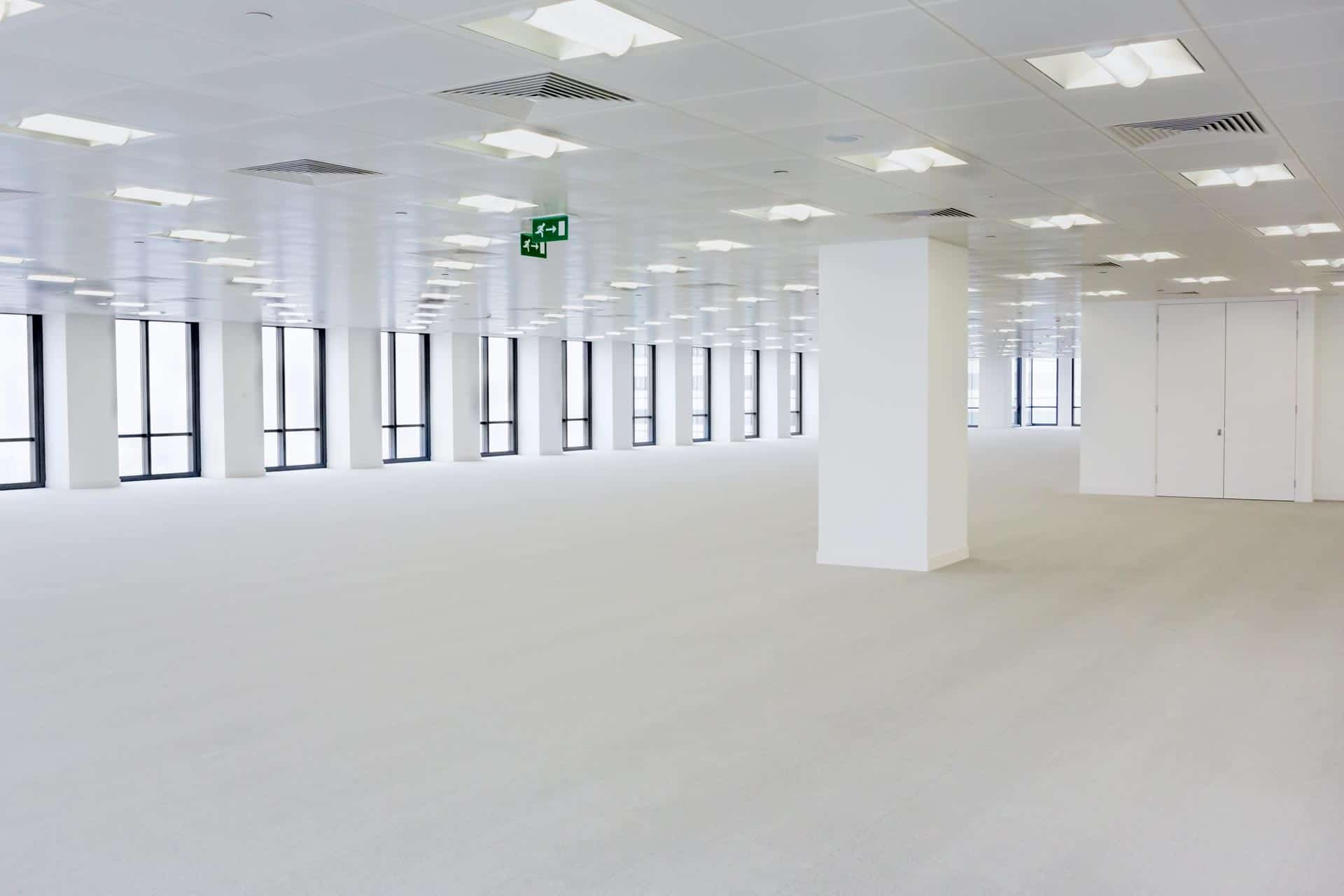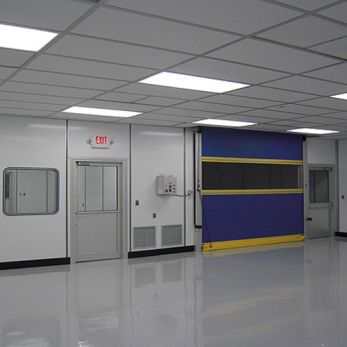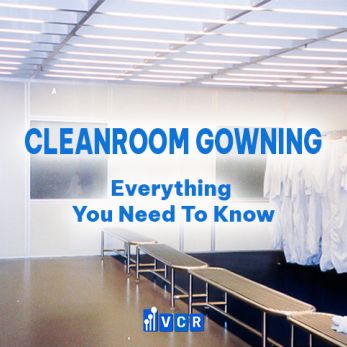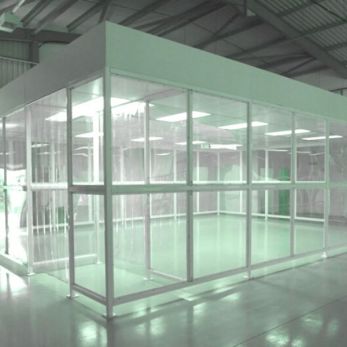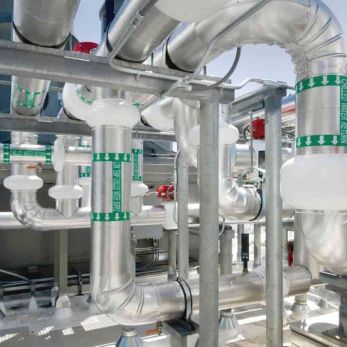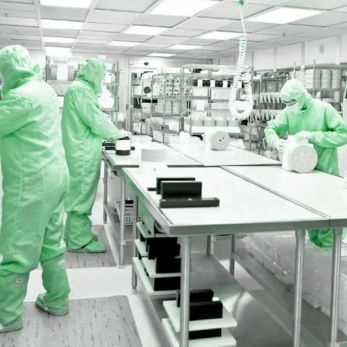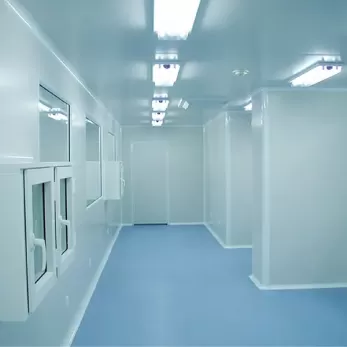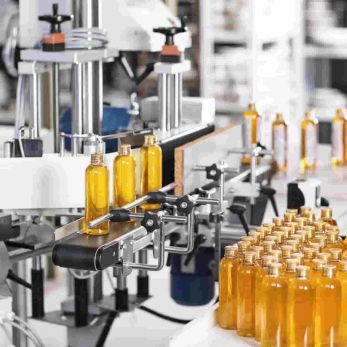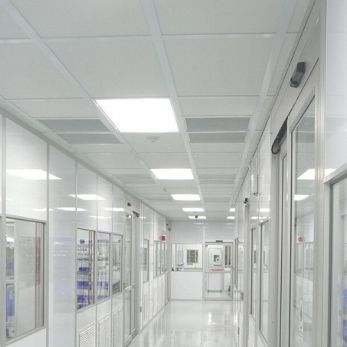Top frequently asked questions about cleanroom construction
Cleanroom construction is one of the most important phases, requiring a lot of time, money and energy. Here are the top frequently asked questions about cleanroom construction. Let’s find out!
- 1. How much space does a cleanroom take up?
- 2. Is it possible to build a cleanroom inside an existing area?
- 3. How long does cleanroom construction take?
- 4. What is the cleanroom construction process?
- 5. Which factors are essential in a cleanroom?
- 6. Which cleanliness level does my cleanroom need to reach?
1. How much space does a cleanroom take up?
Cleanroom dimension is a key component, so you had better discuss with professional cleanroom designers to create a suitable cleanroom that fits your needs.
Your cleanroom should take enough space to accommodate manufacturing and cleanroom equipment and personnel working inside. It should not be too big. If the room is larger than necessary, it will take more air to be filtered, which leads to increased costs and energy for the investor.
2. Is it possible to build a cleanroom inside an existing area?
The answer is “Yes, it’s possible”, as long as the area fits your cleanroom’s dimension and is accessible for cleanroom construction.
Cleanroom has a flexible structure. It can be built in many types of spaces. Cleanrooms can be built standalone, connected to existing walls, etc. Therefore, you can choose where to build your cleanroom and how to build your cleanroom.
3. How long does cleanroom construction take?
It depends. The cleanroom construction time is determined by the cleanroom size, the capacity of the contractor.
However, there are plenty of methods to shorten the construction time. Building a modular cleanroom is one of the ways. In particular, softwall cleanroom only takes weeks to finish, while hardwall cleanroom may take longer to construct. The cleanroom designer and contractor will let you know the cleanroom construction time based on the details of your cleanroom.
4. What is the cleanroom construction process?
Designing a cleanroom is the first step in building a cleanroom. You have to work with designer team to decide the cleanroom size, cleanroom classification and other detailed requirements your cleanroom. Then, the designer team will create a plan for your cleanroom, including the layout, airflow pattern, ideal cleanroom construction materials and cleanroom equipment,...which not only is suitable for your needs and your money but also brings the best performance over íts lifetime.
When the design is done, your company decides whether to build by yourself or hire cleanroom contractors to construct your project. Next, you buy cleanroom panels and cleanroom systems and equipment for your cleanroom. Once the cleanroom materials are delivered to your site, your cleanroom will be set up so it’s ready to operate.
Read more: Cleanroom construction process
5. Which factors are essential in a cleanroom?
A cleanroom contains many factors like lighting, flooring, cleanroom equipment, and cleanroom door, but there are 3 key factors that all cleanrooms must need: cleanroom wall panels, cleanroom HVAC system, and cleanroom filtration system.
Cleanroom wall sandwich panels
Sandwich panels are the perfect construction material for cleanrooms. Sandwich panels possess many advantages of excellent sound-proofing & heat insulation performance; easy and fast installation; environmental friendliness. Some widely-used cleanroom sandwich panels are PUF panel (polyurethane panel), magnesium oxide panel, and EPS panel,...Sandwich panels are customized to customer’s requests.
Cleanroom HVAC
An efficient cleanroom HVAC system is required in any cleanroom to regulate the temperature, humidity and air quality. According to the cleanroom classification and other industry requirements, there are particular standards that you must follow on cleanroom HVAC system design, construction and maintenance. HVAC system plays an important role in providing comfort to employees when they’re working in cleanrooms.
Cleanroom filtration
Proper cleanroom filtration is critical for controlling the air quality in cleanroom and meeting the cleanroom class. Filtration will most likely be addressed by installing fan filter units (FFUs) in cleanroom's ceiling grid, using HEPA box, laminar airflow. This filtration equipment provides laminar airflow pattern, which captures a large number of airborne particles.
6. Which cleanliness level does my cleanroom need to reach?
Cleanrooms follow the cleanroom standards like ISO 14644-1. ISO 14644-1 divides cleanliness into 9 classes: ISO 1, ISO 2, ISO 3, ISO 4, ISO 5, ISO 6, ISO 7, ISO 8, ISO 9, with ISO 1 being the cleanest class and ISO 9 being the dirtiest class. The common range cleanroom class is from ISO 5 to ISO 8. Cleanroom classification is decided based on your cleanroom’s application.
Your cleanroom will need to meet a certain level of cleanliness determined by particle count, air changes, and ceiling coverage, depending on your cleanroom Class. You should work with a professional cleanroom designer in designing a cleanroom that fulfills all of your needs.
Read more:






